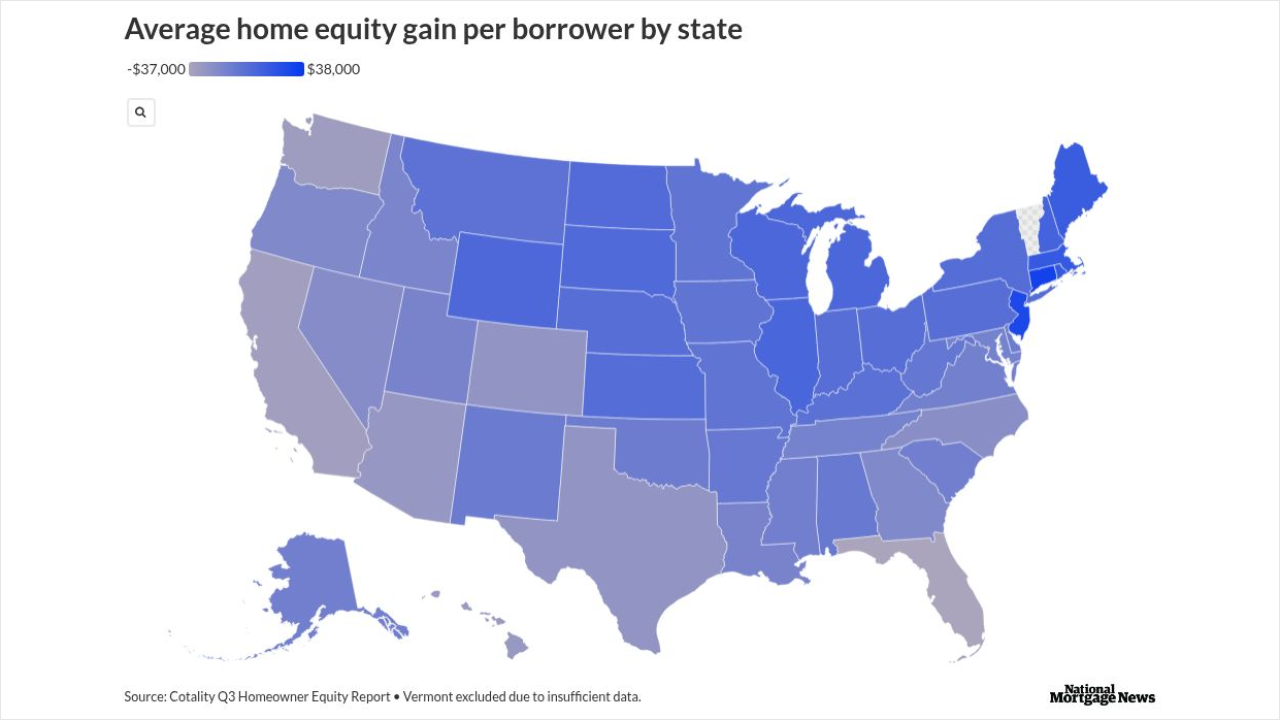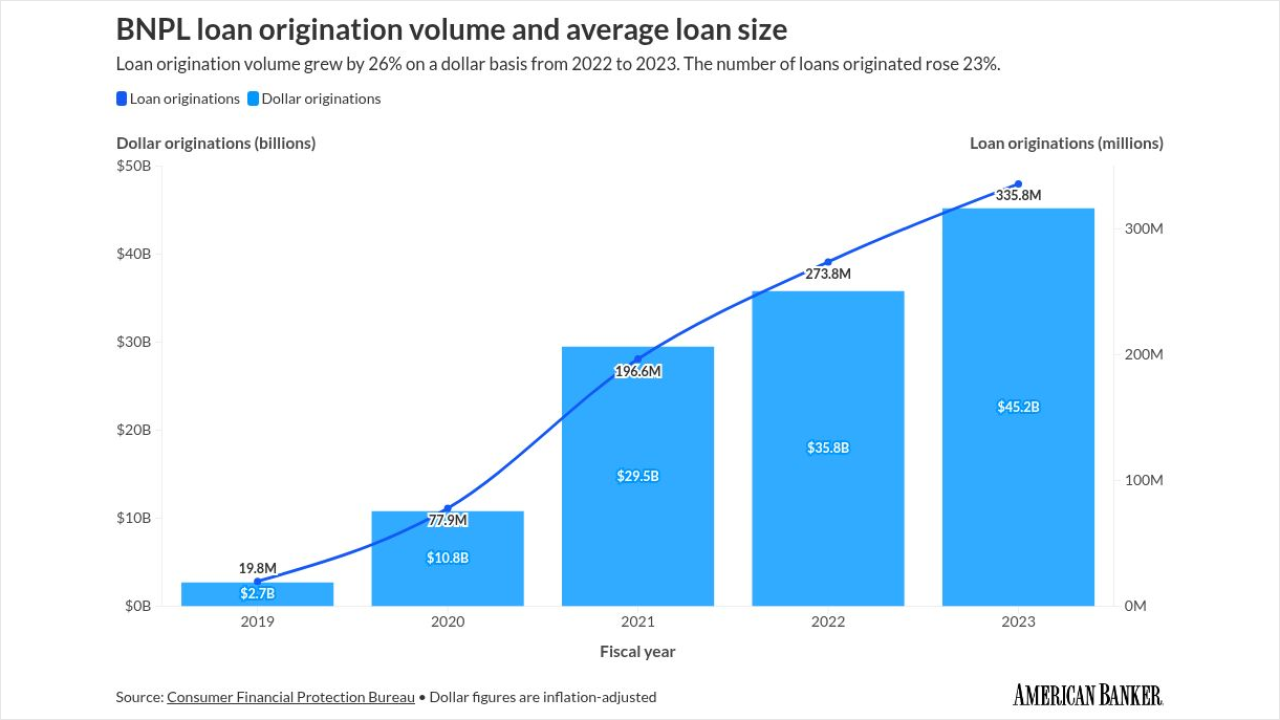(Bloomberg) -- Saks Global Enterprises said it's considering raising more debt, seeking to shore up its finances as President Donald Trump's trade policies threaten to batter the US retail sector.
"In this period of economic uncertainty, driven by tariffs and the threat of further trade restrictions, we are prudently evaluating opportunities to strengthen our balance sheet," the company said in an emailed statement. The new debt would come in the form of a so-called first-in, last-out loan raised under the $1.8 billion borrowing capacity of its existing revolving credit facility, it said.
The move comes as bonds Saks sold to finance its $2.7 billion acquisition last year have lost more than a third of their value since they were issued in December. The company, whose portfolio includes Saks Fifth Avenue and Bergdorf Goodman, bought Neiman Marcus in a play to expand its luxury offerings.
Saks will hold a call on April 28 to update investors on last quarter's performance, according to people with knowledge of the plans, who asked not to be named discussing private information. The targeted size of the new debt would be around $300 million, some of the people said.
The retail sector is seen as among the most vulnerable to Trump's trade agenda. Investors have responded by dumping retailers' bonds as tariffs threaten to shrink their margins and potentially upend their supply chains.
Tariffs have darkened the outlook for Saks, which was facing other challenges before Trump's election. In February — before the tariff turmoil — the company told vendors that it would take more than a year to pay unpaid bills, Bloomberg previously reported. Saks said it would pay past due balances in 12 monthly installments starting in July.
Saks' bonds maturing in 2029 extended declines on Friday, falling to 64.75 cents on the dollar, according to Trace. The price of the debt has cratered since it was issued at par in December to finance the Neiman Marcus deal.
--With assistance from Jeannette Neumann.
(Updates bond price, reorders information.)
More stories like this are available on bloomberg.com






